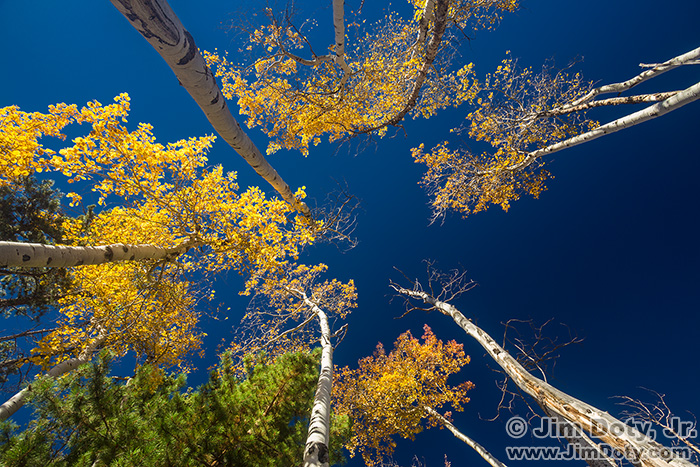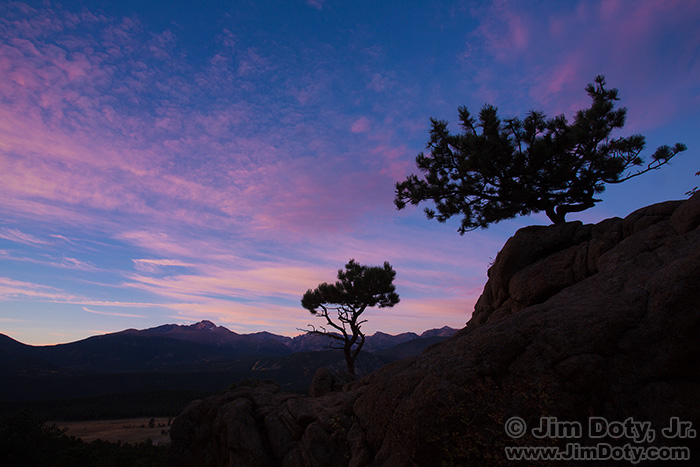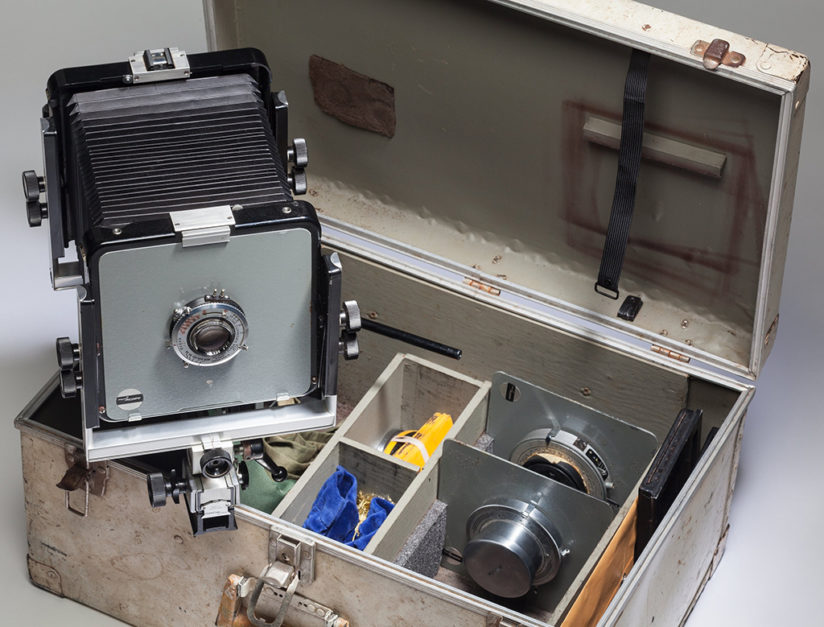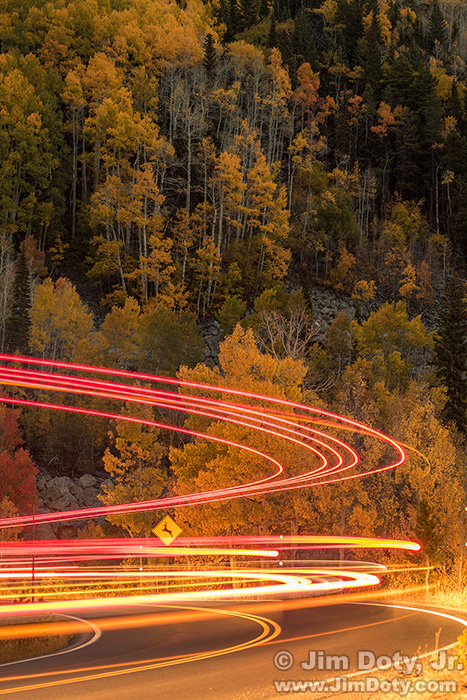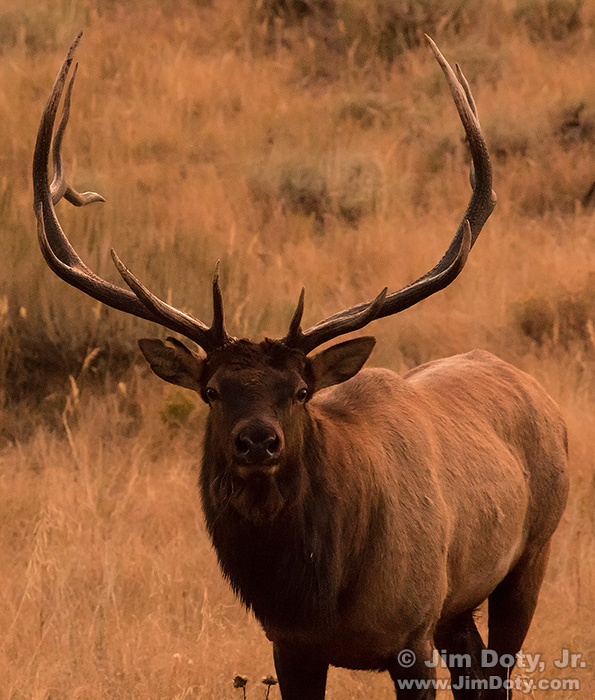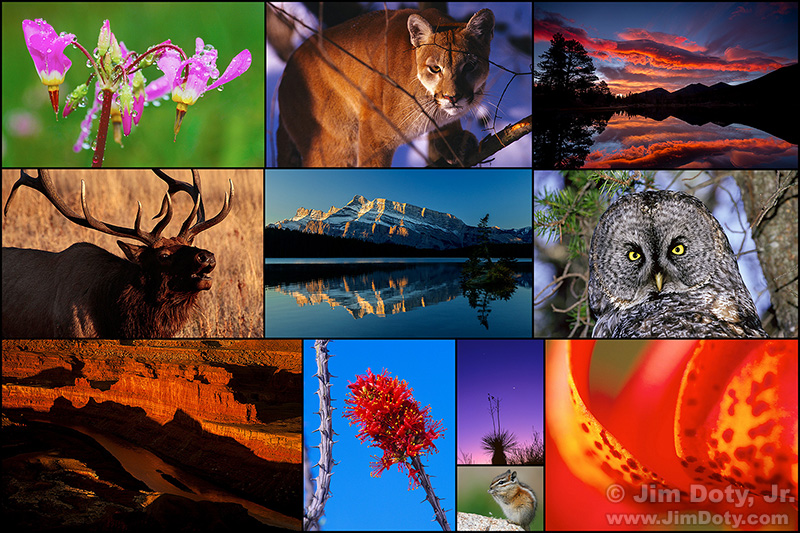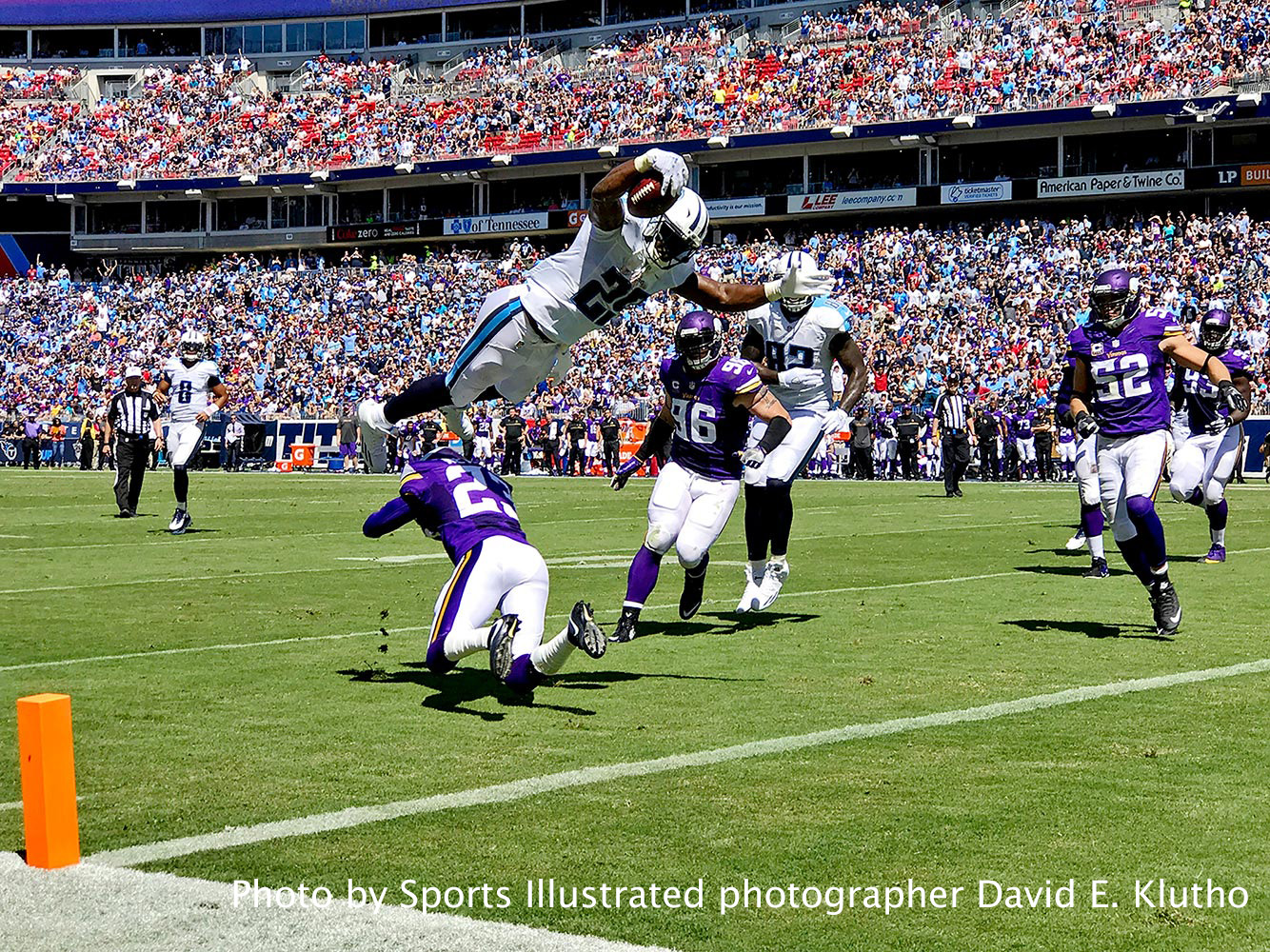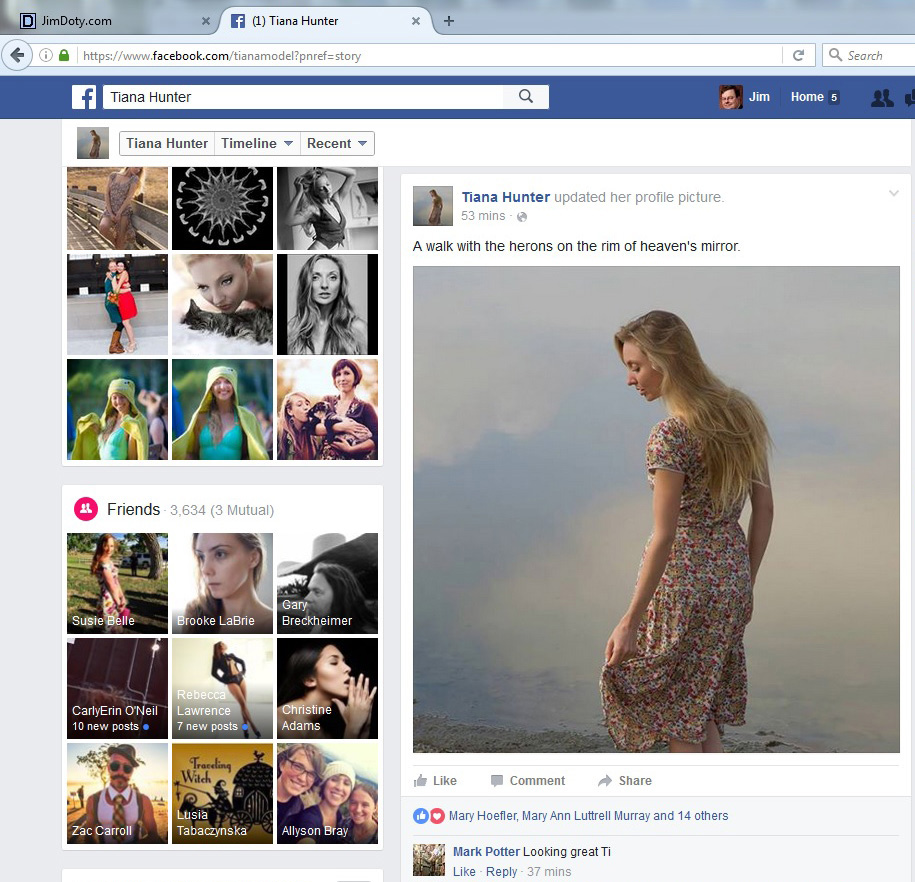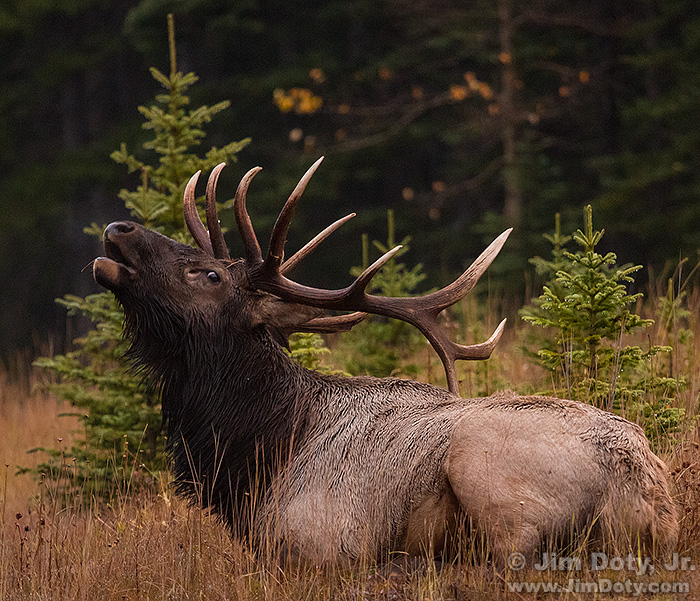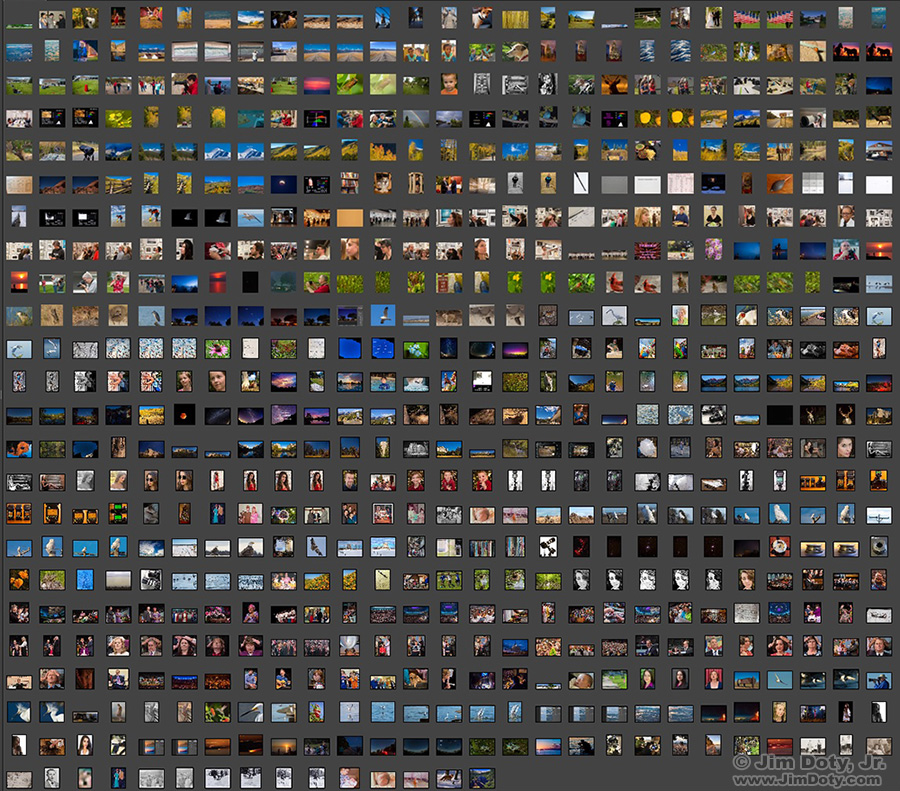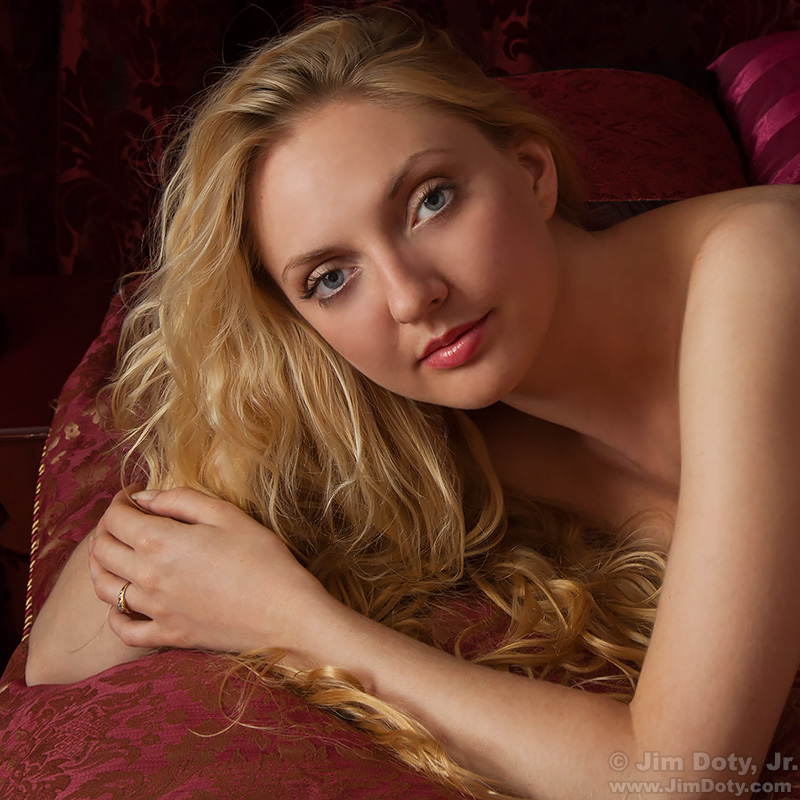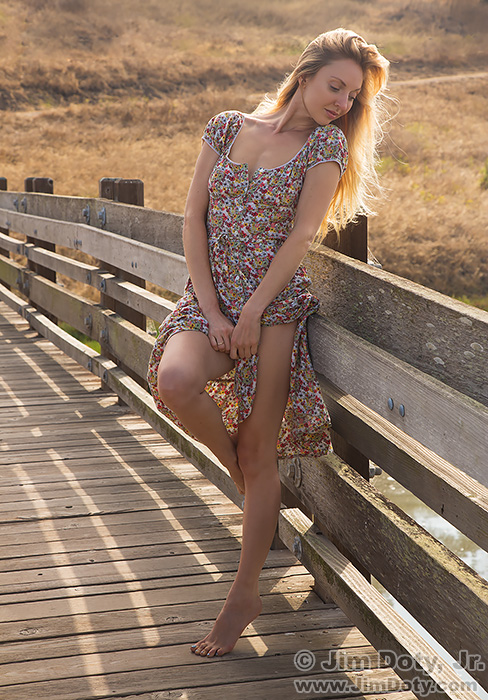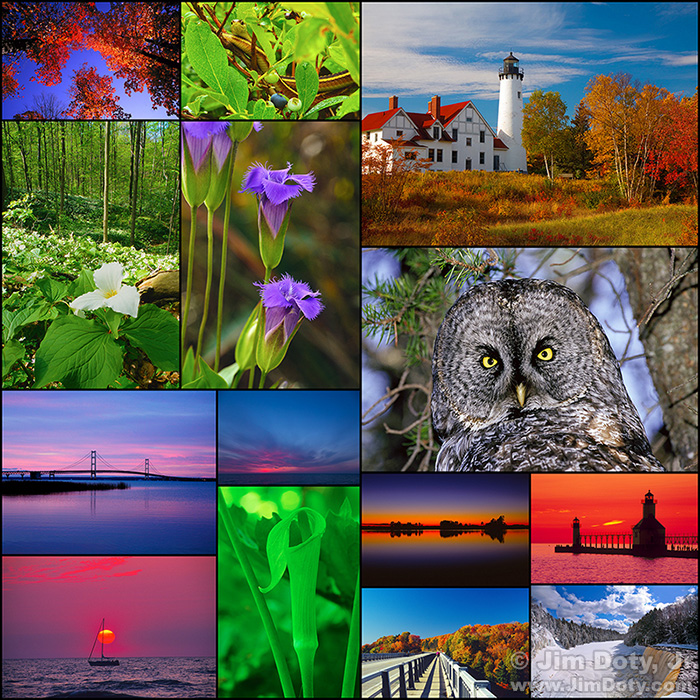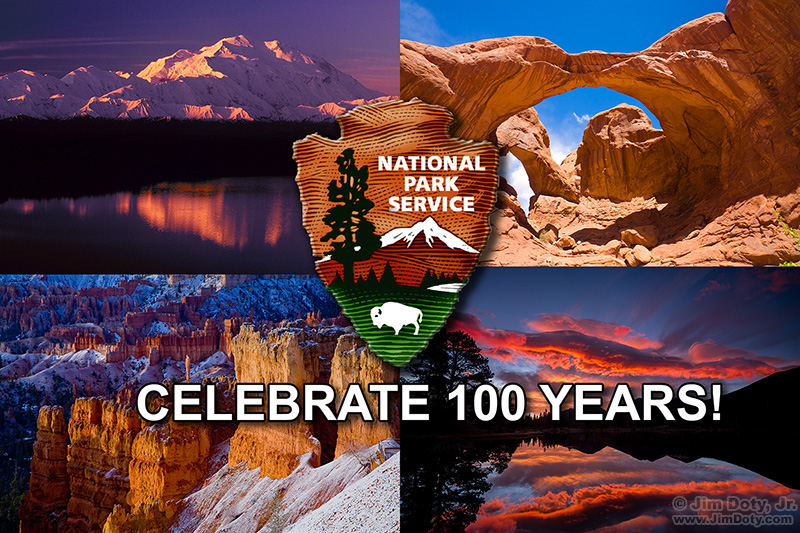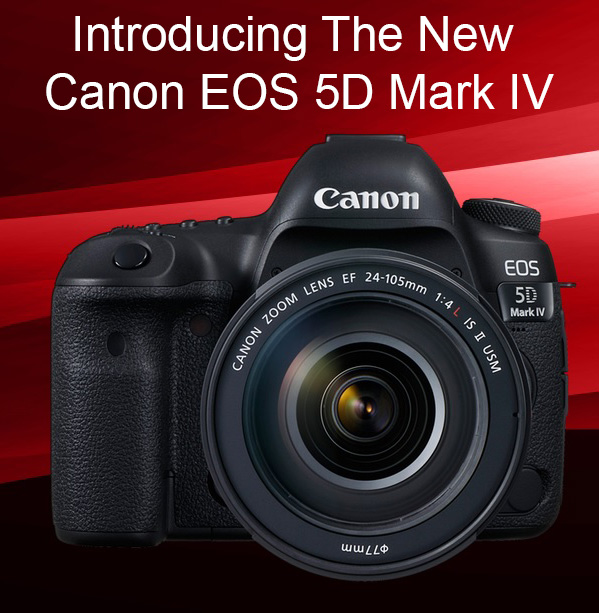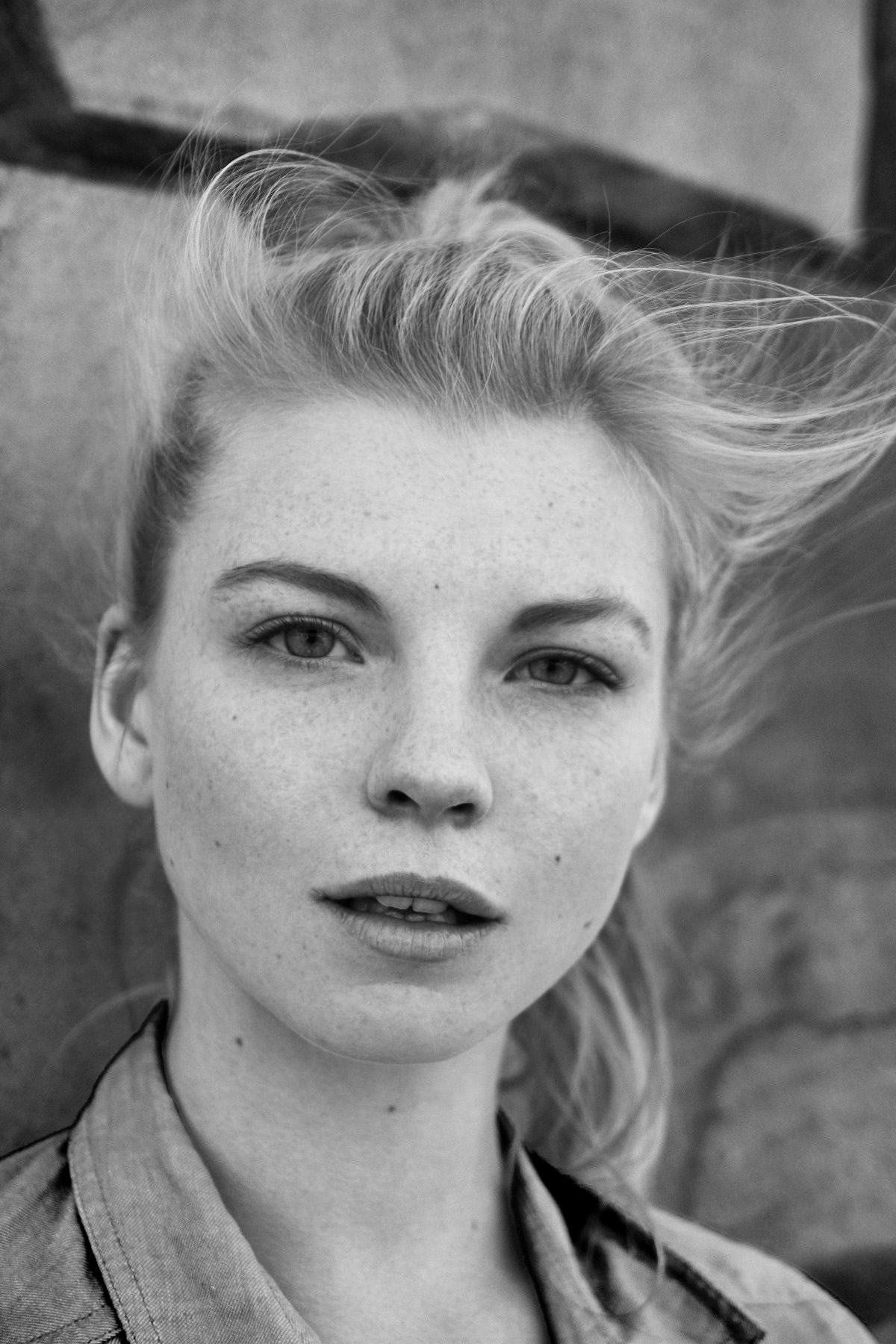There are times when you shoot in the direction of the sun that direct rays from the sun enter your lens even though the sun isn’t in the photo. Whenever this happens you have the possibility of sun flare. The sunlight bouncing around inside your lens can create ghost shapes, add a light haze to the image, and rob the photo of color.
Video: Yosemite and the Range of Light
Ansel Adams: Yosemite and the Range of Light.
Marc Silber interviews Michael Adams, son of Ansel Adams, in Ansel’s home and workroom/darkroom. They discuss Adams’ book Yosemite and the Range of Light. “The Range of Light” is the phrase John Muir used to describe the Sierra Nevada. Some video footage of Ansel Adams is included. Watch and learn.
The Chinese Lens Rip Off! Part Three
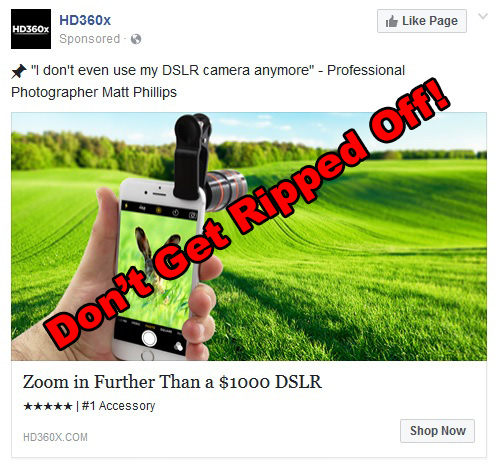 This is pretty much the same kind of rip off I have written about before. Take a cheap smart phone lens that people can buy at Amazon for $16.99 or less, jack up the price to $56, make outrageous claims, and see how may people you can sucker into buying the item at the higher price. They even used the same “questionable” technologist who has multiple identities.
This is pretty much the same kind of rip off I have written about before. Take a cheap smart phone lens that people can buy at Amazon for $16.99 or less, jack up the price to $56, make outrageous claims, and see how may people you can sucker into buying the item at the higher price. They even used the same “questionable” technologist who has multiple identities.
Posted Oct. 17, 2016. Revised and expanded Dec. 2, 2017.
Giving Yourself Options: HDR Photography
In a single exposure your camera can’t capture everything your eyes see in high contrast situations with a wide range of tonalities. HDR photography gives you more options.
Update, November 18, 2017: An updated version of this article is posted here.
Ansel Adams’ View Camera is Up for Auction
This is the only one of the view cameras used by Ansel Adams that has come up for auction. He used this camera from 1964 to 1968. The auction outfit includes includes three lenses, extra bag bellows, a compendium lens hood, Wratten gelatin filters, a dark cloth, tripod, and carrying case.
Bus Lights at Fern Curve
The clouds were rolling in and the sun dropped behind the mountains when my photography workshop stopped in a parking lot just above “Fern Curve” in Rocky Mountain National Park. Mother nature didn’t provide a sunset so we were on Plan B and then Plan C. It was starting to get dark when we began taking photos. As it gets darker there are some interesting color shifts I wanted the workshop participants to see and photograph.
POTD: Bull Elk
Nature Photography Workshop – OSU Mansfield Ohio Campus
CAPTURING NATURE’S WONDERS
Photography Workshop – OSU – Mansfield Ohio
October 15, 2016 – 9:00 am to 8:00 pm
*** *** ***
I am excited. My nature photography workshop in Ohio is next month.
Come spend a fun, exciting, action-packed day learning how to take your photography to the next level. In the intensive classroom explorations you will learn the steps that make the difference between ordinary snapshots and extraordinary images. Minutes later you will be practicing those steps with your own camera. Learn the secrets of the pros and apply their tips and techniques to create your own eye-popping images.
Finding the Peak Fall Color at the Best Locations
Fall color is sweeping the country. To make the most of it, you want to be at the right place at the right time. With some help from the internet, I will help you find the best fall color locations at the peak of the season.
Colorado Fall Color Travel Guide – 2016
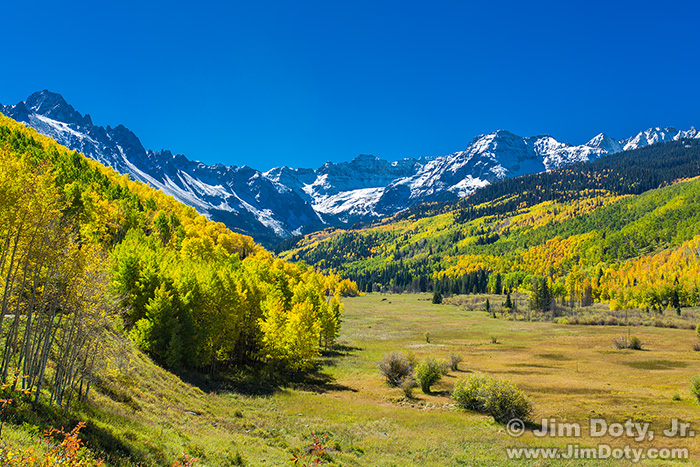
Mt. Sneffels and the Sneffels Range from County Road 7 (East Dallas Creek), Colorado. October 3, 2014.
Welcome to my Colorado fall color travel guide with 104 photos and 17 maps. I cover some of the best known fall color locations in Colorado, and one real gem of a road that is mostly unknown to photographers and leaf peepers. Spend anywhere from a weekend to three weeks exploring the beautiful Colorado Rockies at a gorgeous time of year.
This article is updated and re-posted every year. To find the most recent version, go to the Favorites/Most Popular page and look for the name of this article.
iPhone 7 Review
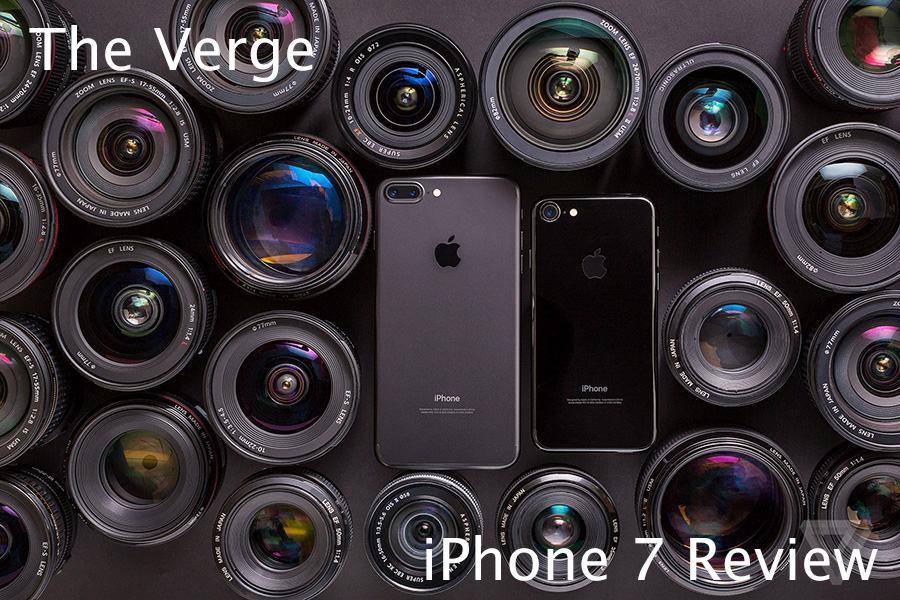 There is a detailed iPhone 7 review at The Verge.
There is a detailed iPhone 7 review at The Verge.
iPhone 7 Plus Photos from the Titans-Vikings Game
Sports Illustrated photographer David E. Klutho used an iPhone 7 Plus to take pictures at a Titans-Vikings football game. Apple has been giving pre-release iPhones to professional sports photographers to see what they can do with them.
iPhone 7 at the US Open
With the announcement of the iPhone 7, Apple gave iPhones to some professional photographers to see what they could do. One of them was Landon Nordeman for ESPN at the US Open.
So, you don’t care about the iPhone 7 Plus? Here are 10 reasons why you should!
The best reasons (selected from an article at DPReview): 12MP, RAW files, dual lenses, and new iPhone features make all of our cameras better.
Chip East Reflects on his Friend, Bill Biggart’s Last Photos from 9/11
Photographer Chip East was staring intensely at his laptop screen.
It was two weeks after two jetliners had plowed into the towers of the World Trade Center. His good friend, photojournalist Bill Biggart’s body had been recovered from the rubble. His personal effects, including his cameras had been released by authorities to his widow, Wendy.
9/11 Tribute – In the Arms of an Angel
Bill Biggart’s Last Photos – 9/11
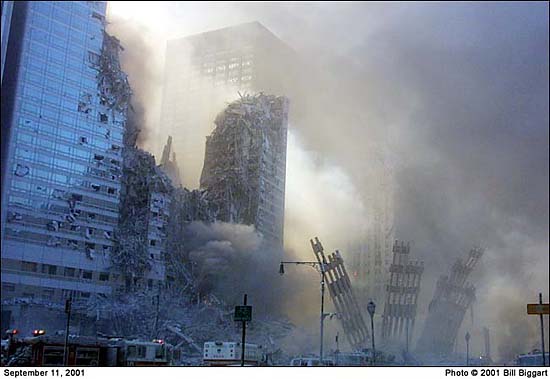
Bill Biggart’s final photograph. He was killed when the second World Trade tower collapsed on top of him. He was 53 years old.
I Believe – A 9/11 Tribute
Remembering 9/11
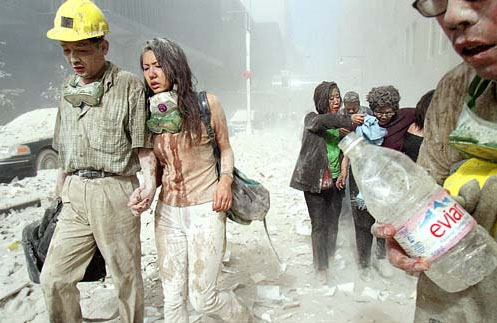
Photo by James Nachtwey for TIME magazine.
On this date, fifteen years ago, we experienced a great national tragedy in the United States. Not only in the lives that were lost in the terrorist attacks, the families torn asunder, and the emergency responders who suffered terrible health problems as a result of working at the scene – but also in the way we view ourselves and our world.
In remembrance of that day, and to honor the lives that were lost, I am posting some tributes.
My Image as Tiana Hunter’s Facebook Profile Picture
For several weeks (from August 11 until this afternoon, September 9) professional model Tiana Hunter has been using an image from our most recent photo shoot as her profile image on Facebook. She is a first class professional model, one of the best I have ever worked with, so it gives me a great deal of professional satisfaction to have her appreciate my work.
Total Immersion Nature Photography Weekend in Rocky Mountain National Park
Come spend a fun and exciting weekend learning how to take your nature photography to the next level. It is September 23-25 in beautiful Rocky Mountain National Park. There are only a few openings left. Now is the time to sign up.
How To Protect Your Online Images
How do you protect your online images? Here are some basic steps, plus links to online information.
Batch Registering Photos with the U.S. Copyright Office
I recently batch registered a bunch of photos with the U.S. copyright Office. Once again the process has been changed slightly to make the process slightly less complicated. That doesn’t mean the process has become simple and if you haven’t registered photos with the copyright office some guidance is especially helpful before you try this the first time.
POTD: Tiana in the Studio
It is nice to do something glamorous once in a while. It makes for a nice change of pace from landscape photography.
POTD: Tiana Outdoors
If you are out hiking and a beautiful woman asks you to take her picture, you should probably says yes!
Total Immersion Nature Photography Weekend in Beautiful Northern Michigan
This is an earlier date for this workshop than in prior years so we are announcing this now. Come spend a fun and exciting weekend learning how to take your nature photography to the next level. The weekend is May 26-28, 2017 at Park of the Pines on beautiful Lake Charlevoix in northern Michigan with an optional all day field trip to Michigan’s U.P. on Monday, May 29.
A Road Trip to All of the National Parks in the “Lower 48” States
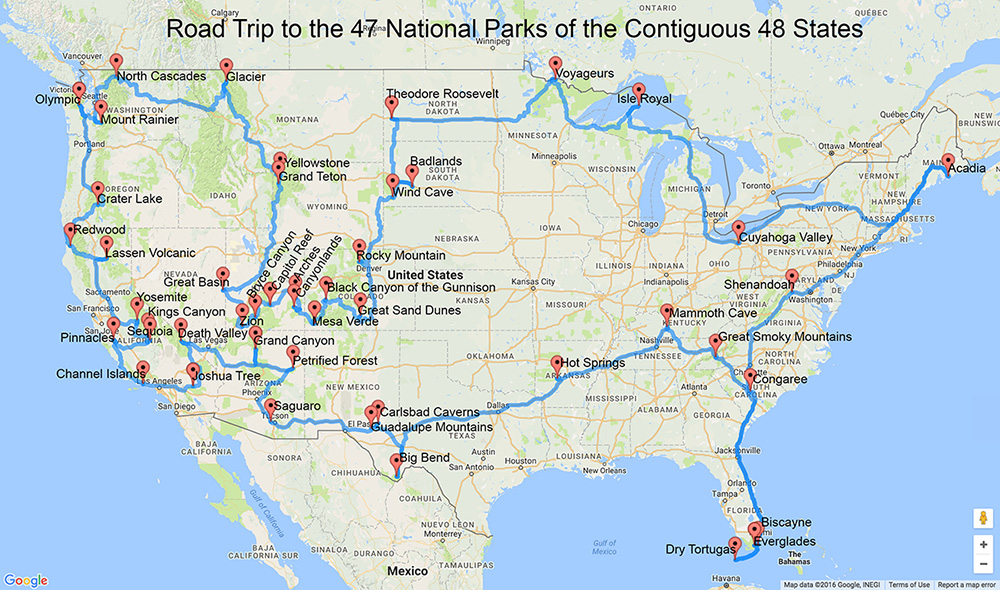
Travel Route to 47 U.S. National Parks by Randy Olson. A larger version of this map is farther down the page.
So you wake up one morning with the crazy notion you might want to go on a road to all 47 of the U.S. national parks in the contiguous 48 states. Setting aside the sanity of such a project, how would you go about it? And what if you only want to go to some of these parks?
The National Park Service is 100 Years Old Today. Go Celebrate!
The National Park Service is 100 years old as of today. The NPS was established August 25, 1916 to manage the national parks that were already in existence plus any parks to be created. Go out and celebrate by taking pictures. Plan a trip this year to one of our national parks. Take your camera and create images at some of the most spectacular locations in North America.
The New Canon EOS 5D Mark IV
Canon announced the new Canon 5D Mark IV today. The news is all over the internet. This is a significant upgrade to the highly popular Canon 5D Mark III. Early previews for the camera look very good.
Video: How to Use Photoshop’s New “Face Aware” Liquify Tool
Adam Marc Williams has a “how to” video (link below) at The Breed on using the new face recognition addition to Photoshop’s Liquify Tool.

